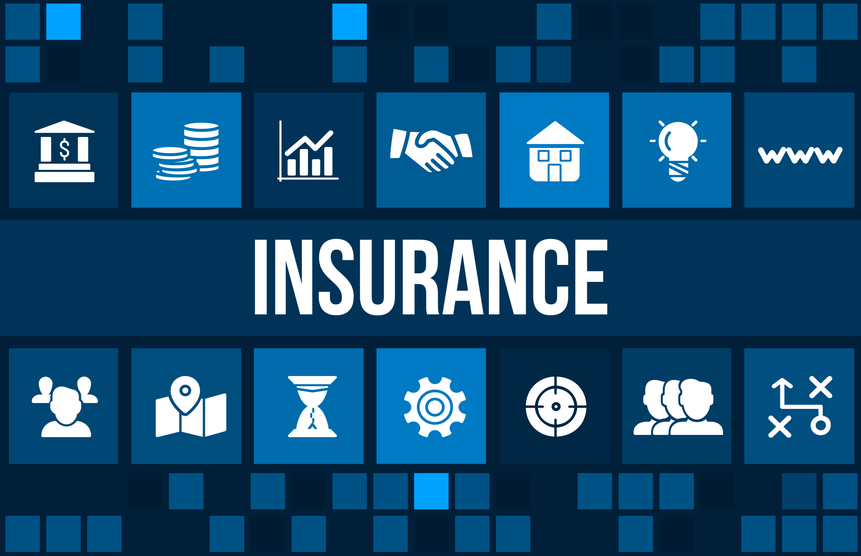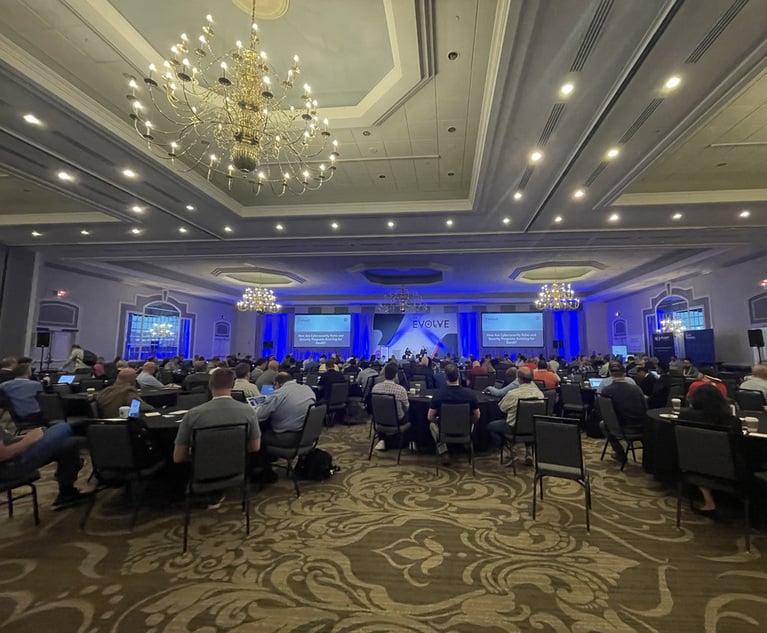As insured's needs change, artificial intelligence (AI)-based technologyis changing as well. Thistransformation — dare Isaydisruption — isimpacting the insurance industry and creating challenges forseveral types of carriers. New technologies and related evolvingconsumer trends are creating new risks. Digital and AI-basedtechnologies can help insurers deal with these changes, and inother cases are both the disruption's cause and the remedy.
|Related: The three pillars of AI value add forclaims
|Technology is making waves
Digital technologies create conveniences and other opportunitiesfor consumers. But at the same time, these trends create new challenges forinsurers. Consider these emerging disruptive trends and therisks they create:
|— Drones:I recently bought a small drone, and what struck me the most washow dangerous it is. What if I lost control in a crowded area? Whatif I lost control and caused a car to crash? Then I saw thehigh-end quads and realized what the real danger is. These thingshave four and a half mile ranges. Although the Federal AviationAuthority bans flight about 400 feet, the facts is, I have seenYouTube videos of flights well above that. Now the risk involvesdrones potentially interacting with airplanes; the liability andphysical damage risks are significant.
|Related: 10 risks and misuses for drones
|— Rideshare: The technology that makes ride share companies likeLyft and Uber a popular consumer convenience is also creating newrisks for insurers. For example, ride share is impacting carownership and in some cases, the occurrence of driving under theinfluence (DUI) incidents and DUI-related death and injury.
|— Ever-increasingsocial media use: In this interconnected online world,every executive's words are scrutinized more than ever before,creating much greater liability exposure, with litigation oftenfollowing. For directors and officers insurance carriers inparticular, this means their business model is riskier andpotentially more volatile.
|— Autonomousvehicles (AVs): Perhaps one of the biggest looming risks forinsurers is how to address the major disruption of an entirelynew way of operating a car. The time when a robotic softwareprogram will predominantly steer a vehicle is fast approaching.This evolution alone could change personal and commercial autoinsurance in profound ways, e.g., will product liability be themain coverage for all AVs?
|Related: The future of work in insurance
|These examples point to some significant changes that arespurring insurance companies to consider how they structure theirproducts. The rapid pace of these changes requires a very differentmethod of developing, testing, pricing, introducing, and changingthese products (while still meeting regulatory mandates). Just assignificantly, how insurers manage claims tied to productdevelopment has to change. Fortunately, the technologies availableto insurers, intermediaries, and third parties are evolving quicklytoo.
|
The rapid pace of changes requires a very different methodof developing, testing, pricing and introducing new insuranceproducts. (Photo: iStock)
|Science is leading the way
What is amazing about current trends in digital technology isthat the science itself is helping technologists understandinsurance in ways they had little reason to understand before. Forexample, the following technologies are directly driving impactfulsolutions to very complex insurance problems:
|— Drones: In theaftermath of Hurricane Harvey, both insurance companies andemergency responders deployed drones en masse for the first time tohelp understand damage, help find victims, and allow insurers tobetter handle logistical information for claims. In addition,computer vision is helping insurers identify and categorize objectsin claims, enabling much more efficient claim adjustments (some areeven becoming fully automated).
|Related: Do you need insurance for yourdrone?
|— Robotic process automation(RPA): In its simplest form, RPA is just a macro that can perform repeatable,predictable tasks. When combined with artificial intelligenceand machine learning more advanced cognitive RPA, or intelligentautomation, helps companies learn about how things change (e.g.,the systems used in a process) and allows them to adapt morequickly. For example, robots are used to enter policy and claimsdata from e-mail into systems of record, increasing efficiency,reducing errors, and enabling staff to focus on higher value tasksthat can further improve the customer experience.
|— The Internet of Things(IoT): IoT allows insurers to capture information abouttheir customers in very innovative ways. For instance, connectedsensors in automobiles can track speed and distance to allowinsurers to better categorize drivers' risk characteristics. Incommercial lines, the same types of sensors help both carriers andrisk managers reduce loss probability by understanding and managingdriver behaviors on a very large scale.
|Related: How IoT offers insureds more value
|Riding the wave verses preventing it
Underlying many of the most advanced digital technologies are AIand machine learning. AI enables autonomousvehicles. It is part of the brains behind drones, and it powersdecision-based intelligent automation systems. Machine learningtakes AI to the next level through algorithms that learn over time;the fabric that binds virtually all the aforementioned technologiestogether is data analytics. Analytics is nothing new to insurance,but the ways insurers can use data is dramatically different as aresult of advances in technologies and greater talent that canprogram and interpret machine learning, and bring new products andservices quickly to market.
|The ability to gather, organize, and analyze data is well beyondthe past capabilities; however, the industry still grapples withthe problem of "too much data." This will become less and less achallenge over time as systems and humans get better at seeingpatterns in data with AI and machine learning.
|There are some relatively low cost actions that carriers can take to benefit from digitaldisruption:
|— Learn about disruptive technology trends:This includes AI, machine learning, computer vision, big data, and the list goes on. This does notneed to be formal training on specific technologies; there is mucheasily accessible information available in industry trade magazinesand other publications, podcasts, webinars, etc.
|— Prepare your digital roadmap: Determine howthe existing technologies fit into your current environment.
|— Watch and learn: If you have notstarted an AI/digital journey yet, you are already a follower. Thisis not necessarily a bad thing, so learn from what others aredoing.
|— Train staff: In addition to IT staff thatneeds to learn about the technologies, there are other types oftraining that you can undertake now, including how to deal withthis disruptive change (e.g., from an HR perspective).
|— Experiment: Building simple prototypes atvery low cost can help reduce (or remove) the ambiguity associatedwith technology you may not have experience with. This will helpyou solidify your strategy without breaking the bank.
|In my almost 20 years in insurance, I have not seen such an earnest need and desire for change at oncecoupled with the capacity to do so. Where we once were the laggardsof change, insurance is now at the forefront. While we willcertainly bleed a little at the cutting ends (just like everyoneelse), we will be a better industry for it.
|Frank Neugebauer has dual roles at Genpactas the Digital CTO for Insurance and the Digital Consulting leadfor the Americas. He can be contacted viaLinkedIn.
|See also:
||Want to continue reading?
Become a Free PropertyCasualty360 Digital Reader
Your access to unlimited PropertyCasualty360 content isn’t changing.
Once you are an ALM digital member, you’ll receive:
- All PropertyCasualty360.com news coverage, best practices, and in-depth analysis.
- Educational webcasts, resources from industry leaders, and informative newsletters.
- Other award-winning websites including BenefitsPRO.com and ThinkAdvisor.com.
Already have an account? Sign In
© 2024 ALM Global, LLC, All Rights Reserved. Request academic re-use from www.copyright.com. All other uses, submit a request to [email protected]. For more information visit Asset & Logo Licensing.








